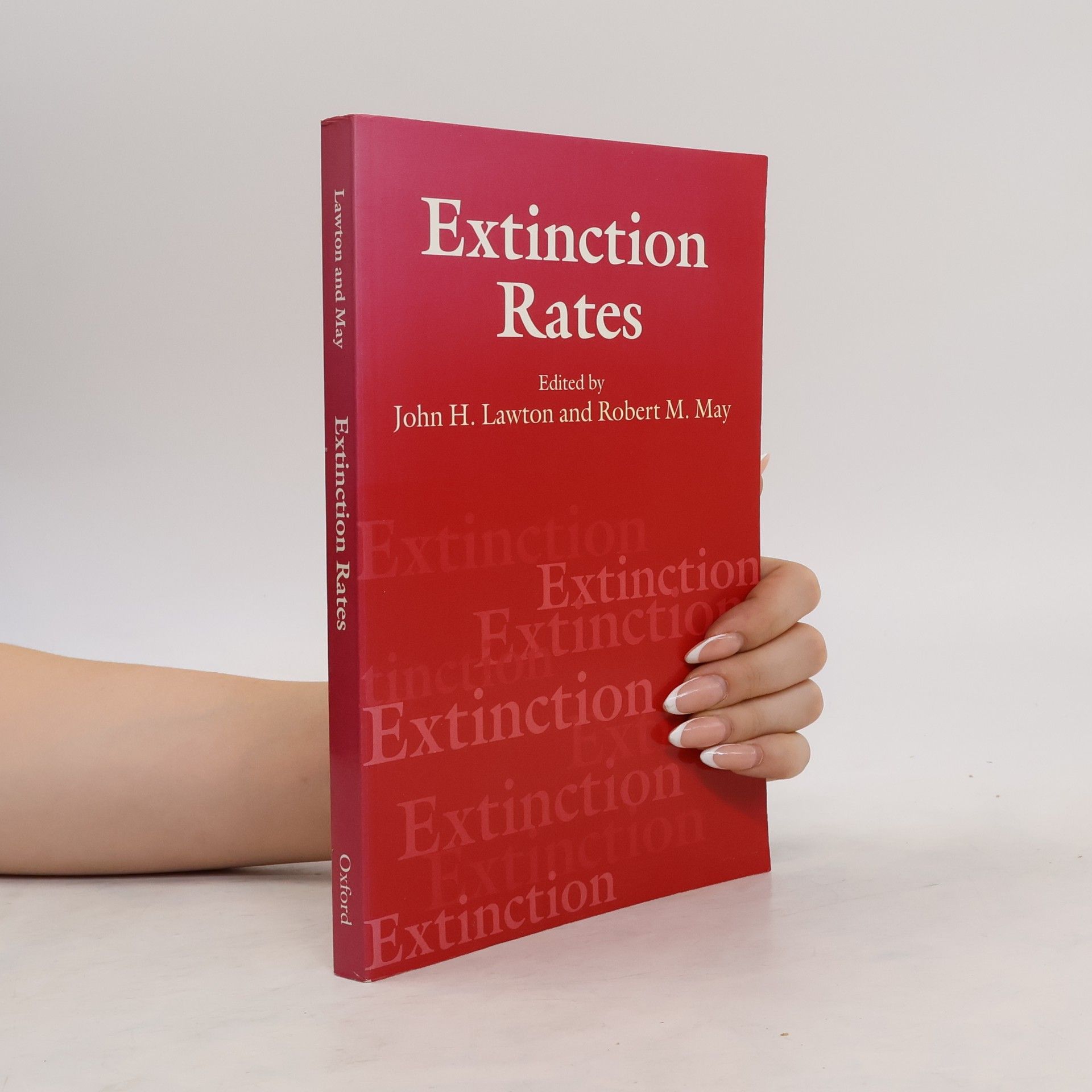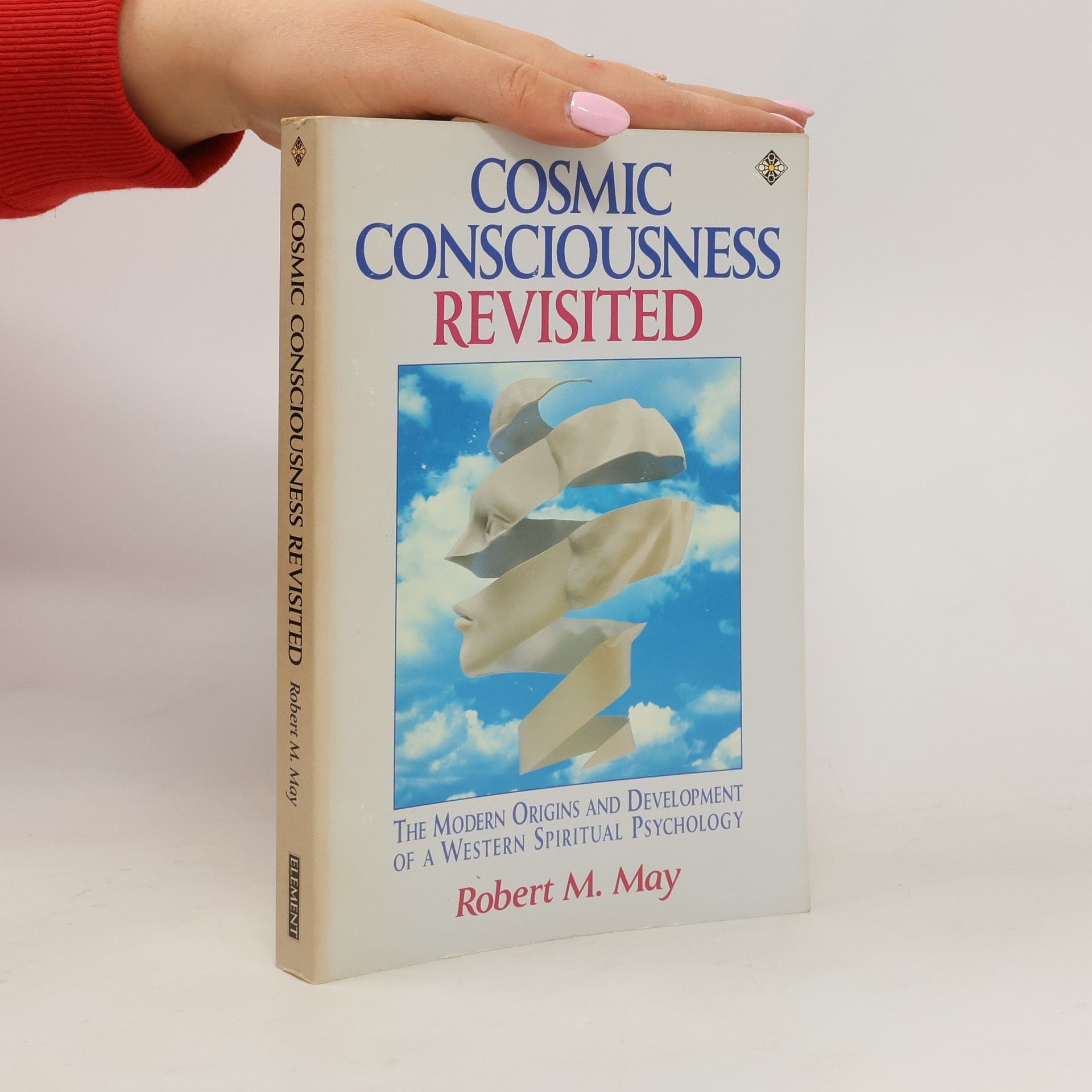Stability and Complexity in Model Ecosystems
- 300pagine
- 11 ore di lettura
Exploring the dynamics of population stability and fluctuation, this classic work challenges the notion that complex ecosystems inherently promote stability. Robert May delves into the mathematical foundations of these dynamics, introducing nonlinear models and the concept of deterministic chaos to ecology. Since its initial release in 1973, the book's insights have gained significance, particularly in light of contemporary biodiversity concerns. The new introduction reflects on the evolution of biological understanding and the ongoing relevance of ecosystem complexity in ecological studies.


